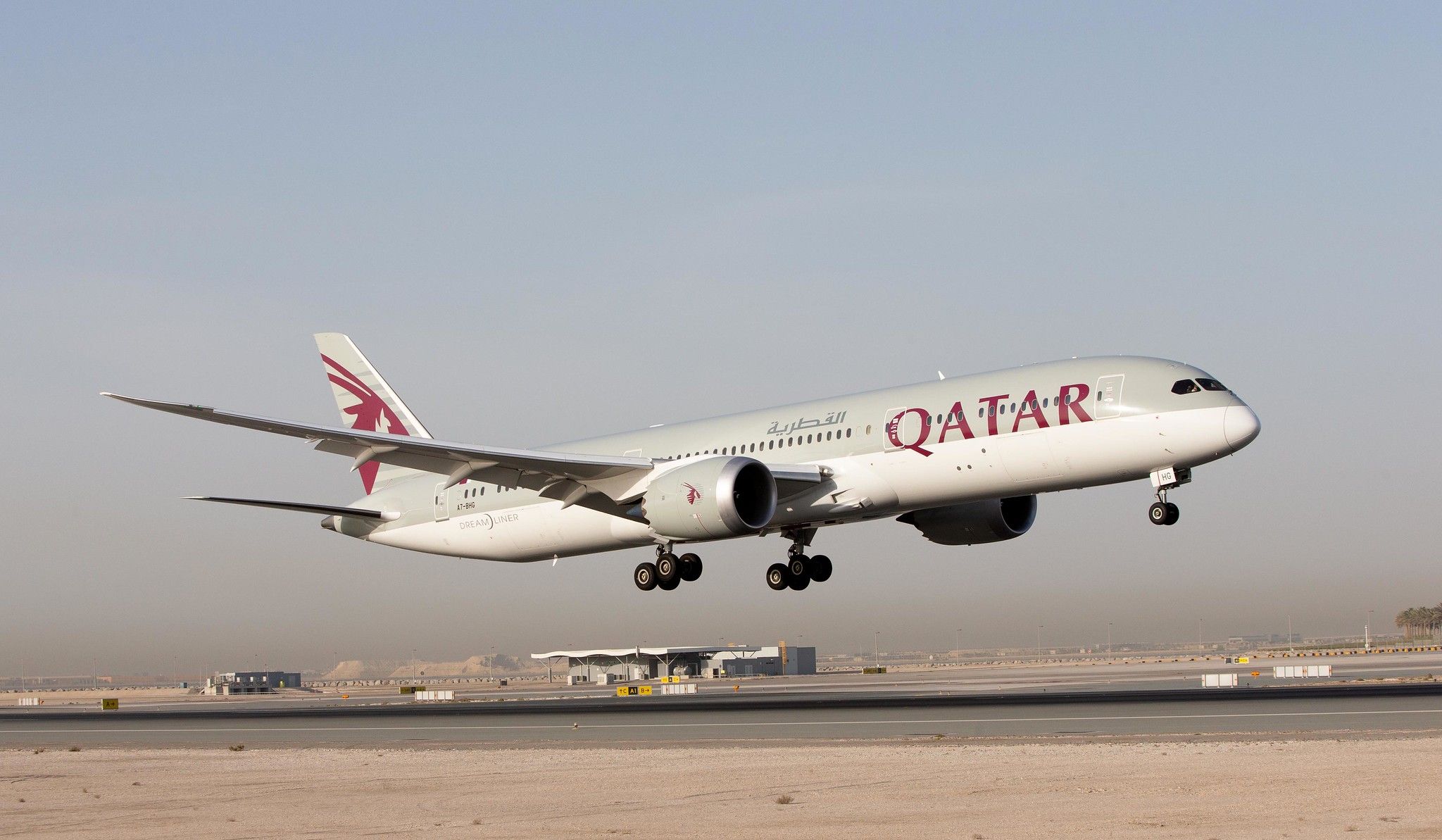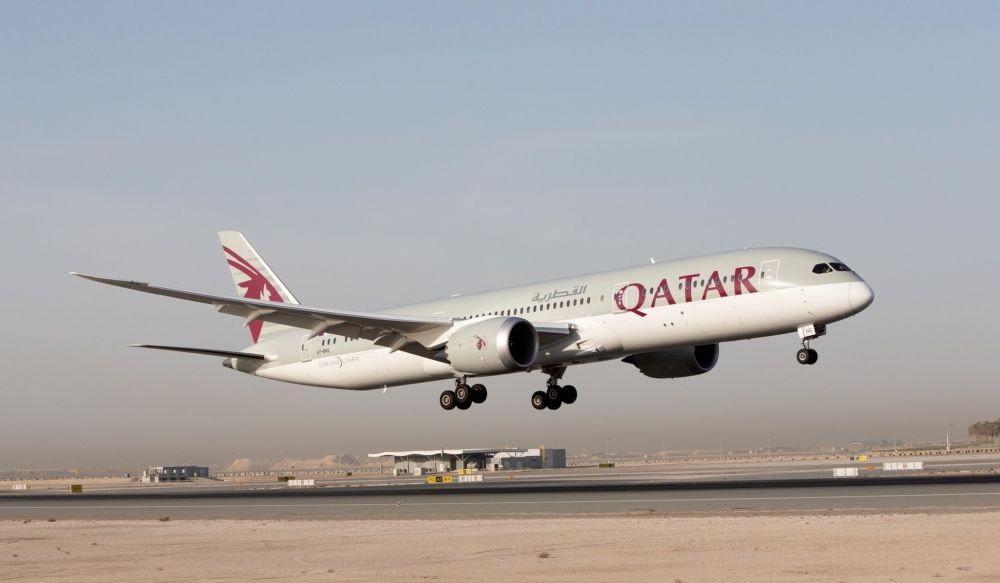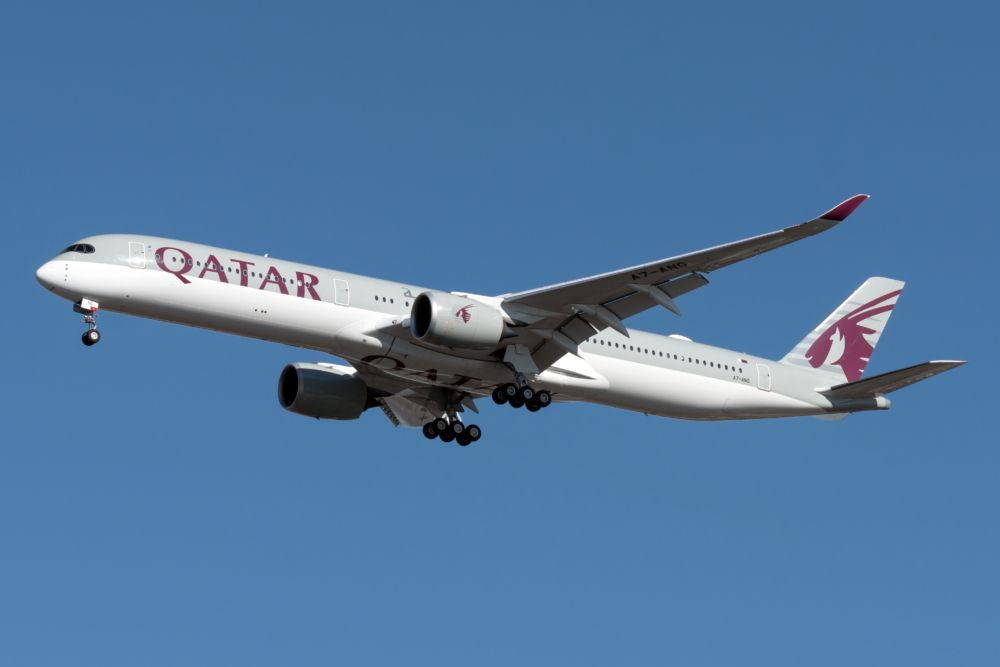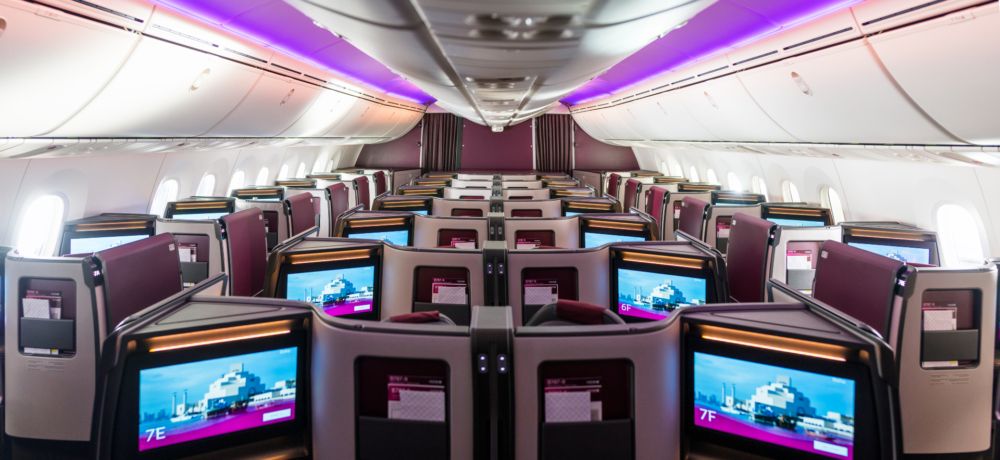Bluetooth headphone pairing is now a welcome addition on flights across the globe. The days of having to rely on an airline's onboard products are becoming a thing of the past, but this provision is still in its infancy in the commercial aviation industry. In an interview with Simple Flying, Qatar Airways chief officer of customer experience, Rossen Dimitrov, shared how his company is keen to expand on this offering.
The ball is rolling
Qatar Airways already enables Bluetooth pairing on its Boeing 787-9 Dreamliners. Passengers on these flights can use their own headphones or earbuds to consume the content on Qatar’s acclaimed Oryx One inflight entertainment (IFE) system.
The flag carrier of Qatar became the first airline in Europe, Middle East and North Africa (EMEA) region to offer those in business and economy on the 787-9 this service earlier this year. However, the system won’t be limited to the 787-9 for too long. The airline is keen to expand the offering across the fleet, but there are several procedures to go through.
“We're looking to introduce it elsewhere. We started working on it a long time ago, and we knew we wanted it, but there is a process, and it's quite a complicated process when you're designing and getting everything that is certified on board an aircraft,” Dimitrov told Simple Flying.
“So, we introduced it already on the 787-9 and it's very well received.”
Touchless trends
The initial introduction of Bluetooth headphone pairing on the 787-9 came at a time when Qatar Airways was transforming its IFE to be 100% touch-free. The airline collaborated with the Thales AVANT IFE system to enable customers on the Airbus A350 to pair their mobile devices to the IFE screen by digitally connecting to the carrier's Oryxcomms WiFi.
Dimitrov explains that this sort of offering is not limited to just one part of the cabin. Altogether, his firm prides itself on not compromising the service it provides when enhancing the safety of its crew and customers across all touchpoints. From the ground at Hamad International Airport (HIA) to the on board experience, Qatar’s aviation sector has implemented several new measures to limit points of contact during the passenger journey.
A new era
The introduction of new measures, such as C2 technology, which is a security screening system that allows transferring passengers to pass through security checkpoints without having to take out any electronics from their baggage, will help to reduce points of potential virus transmission. However, the modern touchless systems that can be found at the airport and on the aircraft go beyond safety benefits. After all, they are reducing several inconveniences of rummaging through belongings and fiddling around with equipment.
Other carriers such as United Airlines and Cathay Pacific have also been showing their determination to innovate with their Bluetooth pairing offerings. Amid the age of touchless revolutions, it won’t be a surprise to see the wider industry following suit this decade.
What are your thoughts about Qatar Airways’ IFE products? Have you tried out the new Bluetooth headphone pairing process? Let us know what your overall thoughts are in the comment section.




